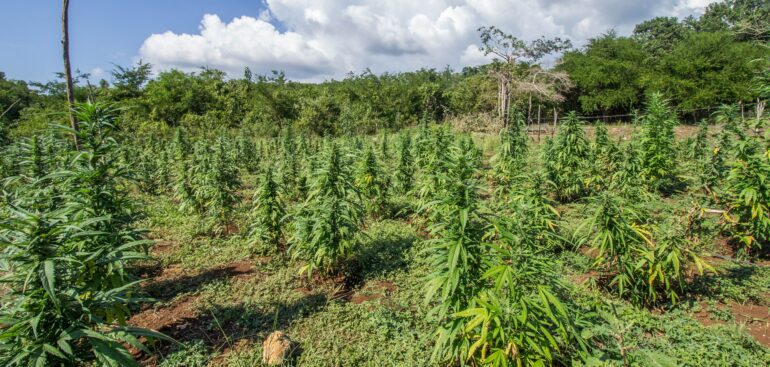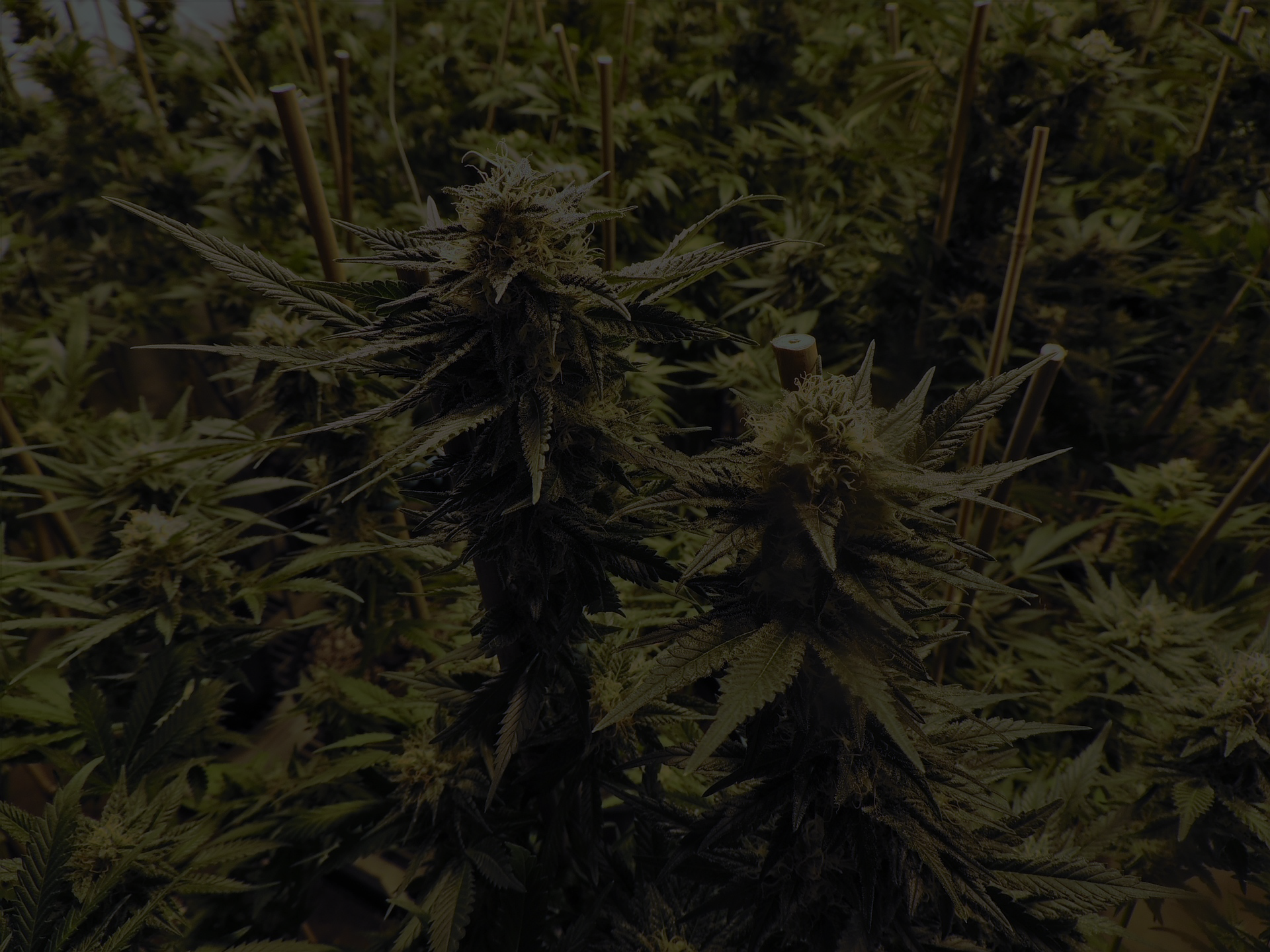Latest
What Is Hemp?
What is Hemp?
Hemp is a member of the cannabis sativa family but differs from marijuana as hemp is cultivated for an array of industrial uses rather than marijuana’s medicinal and recreational purposes. The hemp plant was domesticated thousands of years ago and one of the first plants used for fiber, but was outlawed in the US in 1970 after all species of the cannabis sativa family were labeled a Schedule 1 drug, and it’s legal status varies around the world with most countries heavily regulating any permitted production. In the 2018 US farm bill, industrial use of hemp was legalized nationwide.
State governments must converse with governors and chief law enforcement officers to devise a plan for state licensing and regulation and submit that to the secretary of the USDA. As of July 2019, 43 states have enacted legislation surrounding the cultivation of hemp, while farmers in states that don’t develop their own licensing procedures fall under federal jurisdiction and must register with the USDA and comply with federal rules.
The major distinction between hemp and marijuana outlined by the 2018 farm bill was all industrial hemp plants must have a THC quantity of no more than 0.3% on a dry weight basis. The bill also details the punishment for going over that amount and gives guidelines on how farmers can become compliant.
Use and Production
While there are many advertised uses for hemp, including fiber for textiles, seeds in food, and oils in manufacturing, the largest initial demand will be for Cannabidiol (CBD) for medicinal use. The market is nascent and booming, as analysts already estimate its value in the tens of billions of dollars. While the other mentioned uses have strong potential, fiber and pulp markets are established and incredibly cost competitive. There will need to be significant cost reductions for hemp to gain market share in these spaces.
Hemp Farming
So, is hemp production going to boom?
It’s a tricky question, but dryland grain and oilseed farmers would have to make some expensive investment to convert land to hemp production, including costs from new planting, harvesting, and curing equipment, as well as new irrigation techniques where needed. With farm debt nearing all-time inflation-adjusted highs, and the farm debt-asset ratio increasing from 13.1% in 2017 to 13.5% 2018 (pdf), farmers are likely wary of taking on additional debt to finance new equipment.
Despite the obstacles, we have seen impressive growth over the past few years. Nationwide hemp cultivation grew from 25,000 acres in 2017 to 78,000 acres in 2018. And while we don’t yet know how many acres have been planted since nationwide legalization last November, over 300,000 acres have been licensed for cultivation by states in 2019.
Though hemp is now legal nationwide, this growth in production has been concentrated in a few areas.
The first area, and the region with the strongest support for legalization in the farm bill, is traditional tobacco country. According to the Agricultural Marketing Research Center, “Tobacco production has decreased from more than 2 billion pounds in the 1970s to 629 million pounds in 2016, and it has fallen 16 percent since 2010.”
Tobacco is one of the most labor-intensive products, with seeds started in greenhouses or cold frames, then seedlings manually planted in rows. Upon harvesting, the leaves are bundled and cured in huge barns. The planting, sowing, and curing of tobacco is amazingly like hemp production. Mitch McConnell of Kentucky, the second-largest tobacco producer among states, was arguably the largest reason why the hemp provision was included in the farm bill to begin with.
The other areas where we could see an additional boom are states that previously legalized marijuana and already have a cannabis industry. Pueblo, Colorado was one of the first communities to actively push for hemp production and the first in Colorado to adopt regulations for industrial hemp. Pueblo County already has a strong growing and processing presence. In 2018, the largest hemp producing states were Colorado, Kentucky, Oregon, Montana, and Tennessee.
CBD Extraction
The majority of CBD is extracted from hemp through two main processes: CO2 extraction and solvent extraction.
CO2 extraction
In this process, carbon dioxide is under supercritical conditions – high pressure and low temperature – to isolate and preserve CBD. The CO2 method produces the cleanest, most isolated CBD oil that is free from chlorophyll, but requires much higher upfront fixed costs and a significantly steeper learning curve to perfect the process.
Solvent extraction
Typically a high-grade grain alcohol like ethanol or another solvent is used to soak the hemp biomass. The solvent is strained and evaporated, and the remaining oil is concentrated for production of extracts, tinctures, or other consumables. This process is cheaper to set up, but can be dangerous, as evaporating ethanol creates potentially explosive fumes. The process also creates a less pure extract and destroys some of the plant material.
These extraction processes produce a crude oil, the first step in the refinement chain. From there, there is a series of refining processes that create oils with different levels of concentration and purity, including a winterized crude oil, distillate, and isolate product.


